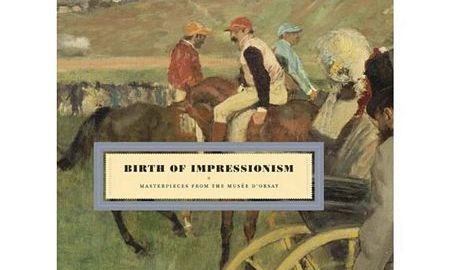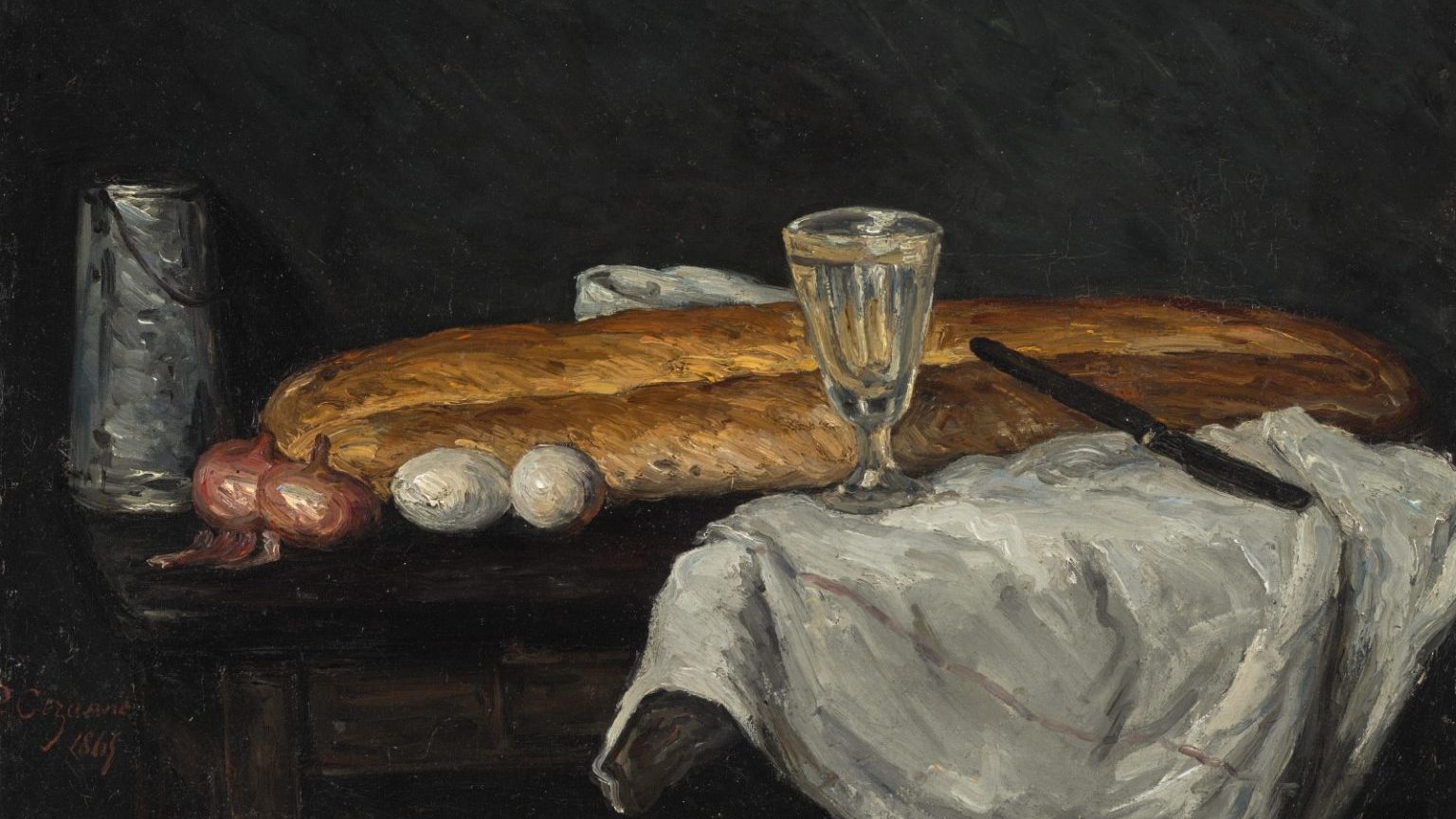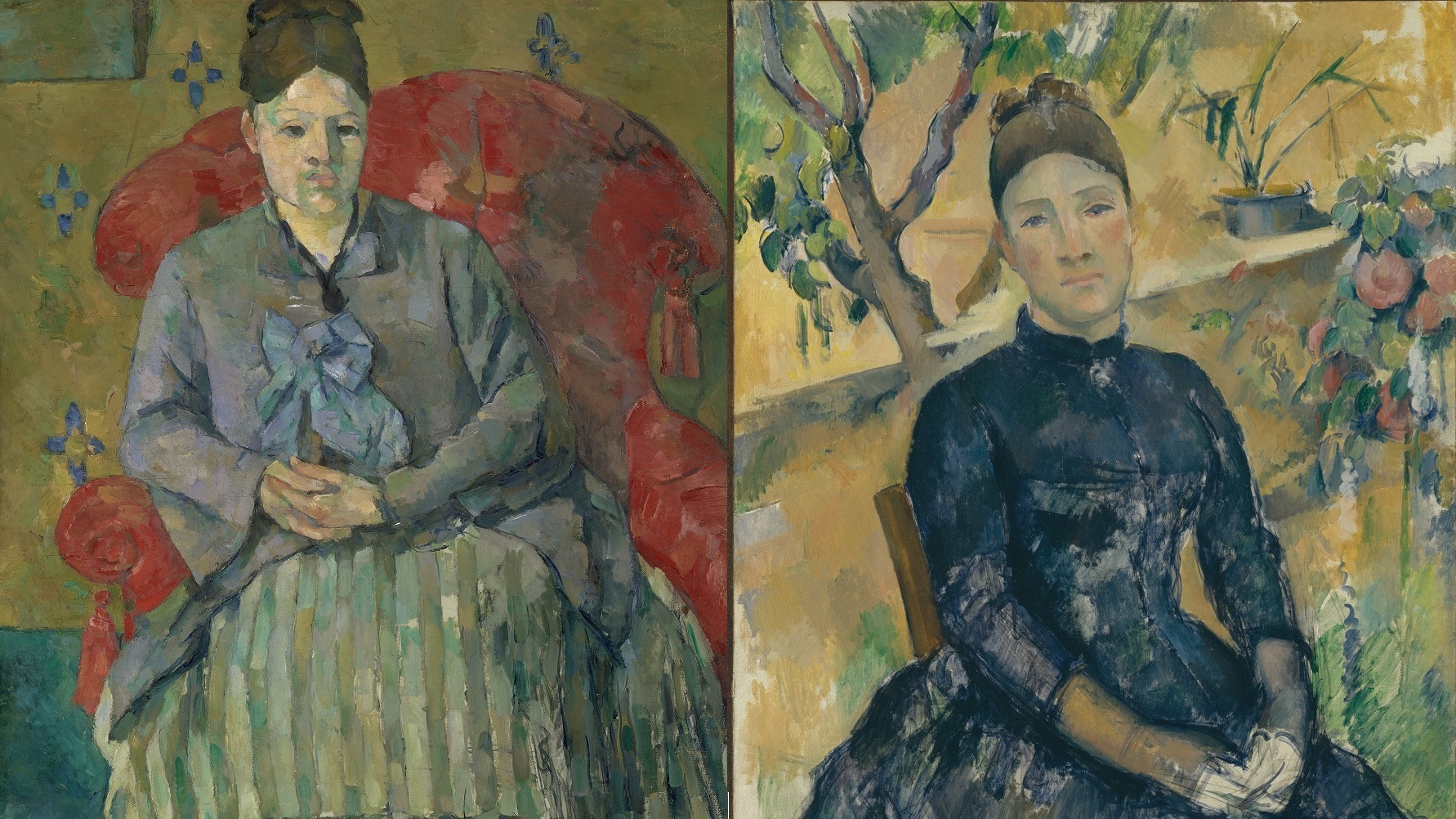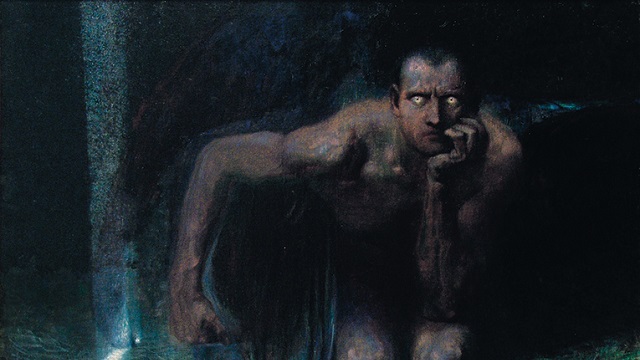From Paris With Love: Masterpieces of the Musée d’Orsay at the de Young Museum

Any art lover who has been to Paris knows what it’s like to try to see everything in a finite time frame. Cruel choices must be made, masterpieces must be missed, and croissant or two wolfed down in the name of maximizing viewing. If only the great museums of Paris could somehow travel the world and come to our doorstep. Until September 6th, nearly 100 masterpieces from the Musée d’Orsay, the preeminent art museum for Impressionism in the world, will count San Francisco and the de Young Museum as their temporary home in the exhibition Birth of Impressionism: Masterpieces from the Musée d’Orsay. Thanks to the Musée d’Orsay’s refurbishment and reinstallation in anticipation of the museum’s 25th anniversary in 2011, Americans unable to travel to Europe can stay within national borders and see works by Paul Cézanne, Gustave Courbet, Edgar Degas, Édouard Manet, Claude Monet, Pierre-Auguste Renoir, and native son James McNeill Whistler. It’s a big, beautiful French kiss to America and a chance to see masterpieces that may never travel again as a group.
The exhibition (like the catalogue) is laid out as a crash course not only in the development of Impressionism from such proto-Impressionists such as William-Adolphe Bouguereau, whose 1879 The Birth of Venus grandly greets gallery-goers in all her nude glory at the beginning of the show, and Gustave Moreau, the Symbolist who taught many of the Impressionists, but also in the political and cultural turning points that helped shaped the artistic evolution. A life-sized photo blowup of the façade of the Palais de L’Industrie, the site of the Salon in 1856, puts the exhibition viewer into the environment in which juries annually made or broke careers based on their biases. Works by Courbet and Millet from that time mark the shift from Romanticism to Realism that helped pave the way for Impressionism.
After a brief tour through The Terrible Year of 1871 and the Franco-Prussian War, the exhibition dives headfirst into the main subject, beginning with Manet, to whom an entire gallery is devoted. Thanks to the modern proliferation of calendars and prints, Manet, at least in America, has found himself in the shadow of Monet and other, “prettier” painters. The Fife Player (1866), Woman with Fans (1873), Portrait of Stéphane Mallarmé (1876), Asparagus (1880), The Escape of Rochefort (1881), and other works give a well-rounded portrait of the artist Manet. (If only theMusée d’Orsay had allowed works such as The Luncheon on the Grass or Olympia to travel, then the full impact of Manet would have been felt, but beggars can’t be choosers.) In Manet’s work we see the real birth of Impressionism, the defiant punch in the face of the art establishment that knocked down intellectual and emotional if not institutional barriers to the new way of seeing and painting.
The rest of the show offers many prizes to see. Visitors will be stunned to meet the overly familiar Arrangement in Gray and Black No. 1: Portrait of the Painter’s Mother by Whistler, best known as Whistler’s Mother. Monet appears through his Magpie and other works. The still grossly underrated Gustave Caillebotte comes to America in his masterpiece, The Floor Scrapers. Degas, Cezanne, and other usual suspects round out the exhibition, which serves as nothing less than the most complete, one-stop lesson in the history of Impressionism you’ll ever find outside the borders of Paris.
If the mission of a museum is to educate, the de Young can consider its mission accomplished in presenting Birth of Impressionism. Later this year, Van Gogh, Gauguin, Cézanne and Beyond: Post–Impressionist Masterpieces from the Musée d’Orsay will also appear at the de Young, which will be the only museum in the world hosting both d’Orsay exhibitions. This embarrassment of riches benefits the American public bound within home borders. Impressionism suffers from a reputation of being all soft edges—something this exhibition should cure through a healthy dose of the hard-mindedness of Manet and the strong realism of proto-Impressionsists such as Courbet. You’ll love this Parisian love letter of a show, and learn a lot about the Impressionism you thought you already knew.
[Many thanks to the de Young Museum for providing me with press materials and the catalogue to Birth of Impressionism: Masterpieces from the Musée d’Orsay, which runs through September 6th.]





